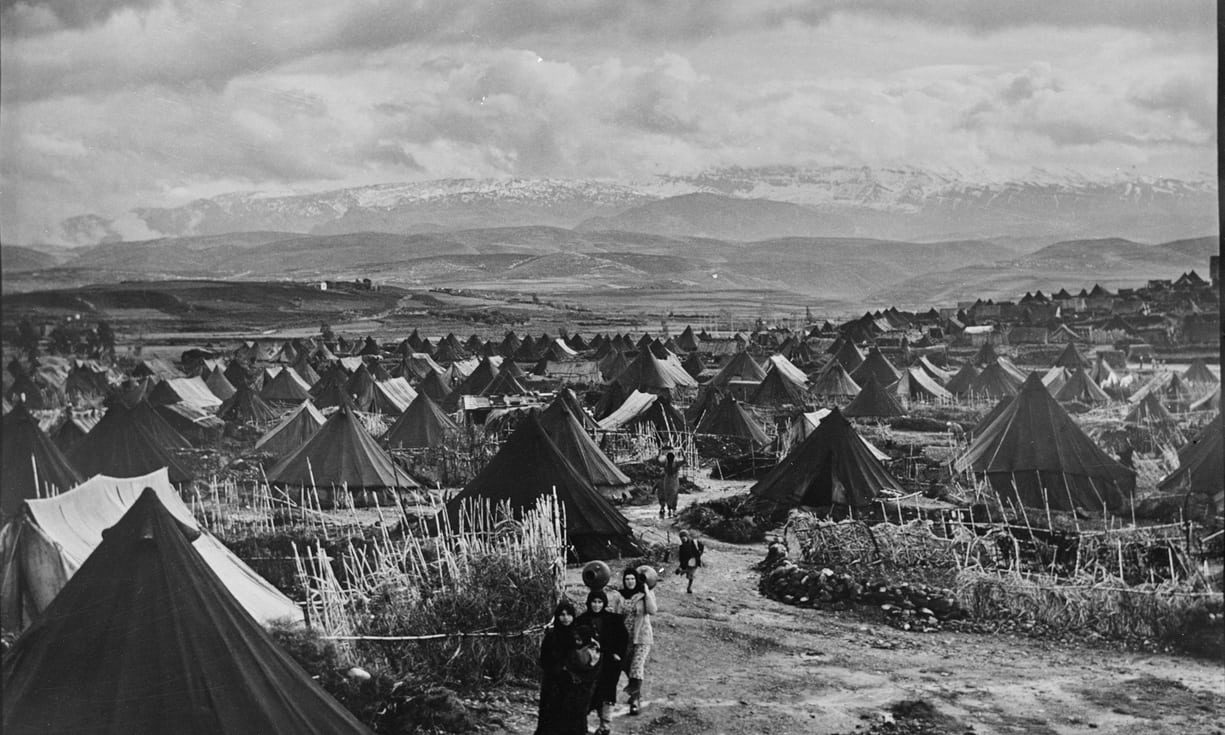
© AP Photo/S.Madver, UNRWA Photo ArchivesPalestinian refugees walk through the Nahr el-Bared refugee camp in Lebanon in 1952
It's the time of year when Israelis and Palestinians mark the anniversary that matters most to each of them: May 15 is the date of the founding of the Jewish state in 1948. It is also the day that commemorates the Nakba, the flight, expulsion and dispossession of the Palestinians. Nothing underlines more starkly the depth of the unresolved conflict between these two peoples:
the independence of the one meant disaster or catastrophe for the other.
In the heat of the recent controversy in Britain over Zionism and anti-semitism, relatively little attention was paid to the Palestinian side of this ever controversial story. Europe's Jews were the victims of racism, persecution and extermination on a massive and unprecedented scale during the Nazi era. Palestinians, in their turn, in a different way, were victims too.
Salman Abu Sitta's autobiography is a vivid and angry reminder of that. It tells the story of just one of some 750,000 Palestinians who became refugees in the war that followed the UN decision to partition the country in 1947. When he was growing up near Beersheba in the final decade of the British mandate, Jews were first a distant then a closer and menacing presence,
well-organised foreign immigrants with guns and detailed maps. Their motives and experiences were remote and unfamiliar.
Abu Sitta takes on board much of the "new history" largely written by Israelis who punctured the older myths of the war, emphasising the military superiority of Zionist forces and the weaknesses and rivalries on the Arab side. He also provides fascinating glimpses of the Palestinian fedayeen - "infiltrators" and "terrorists" to the Israelis - who crossed the border after 1948 not only to "defeat the invader" but to visit abandoned homes and fields on which new settlements were being built.
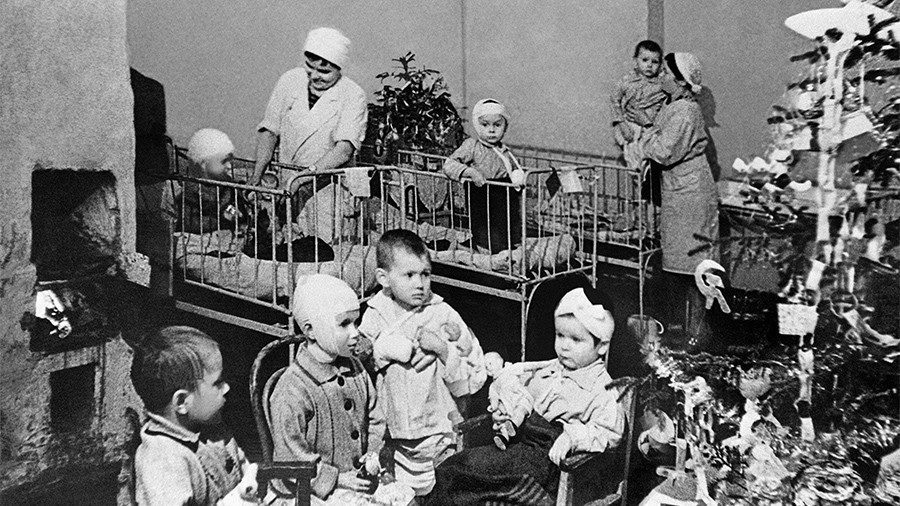


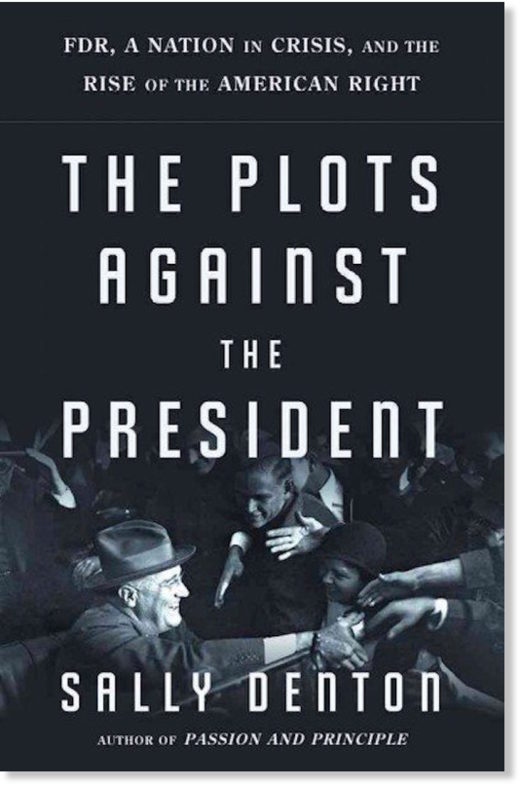

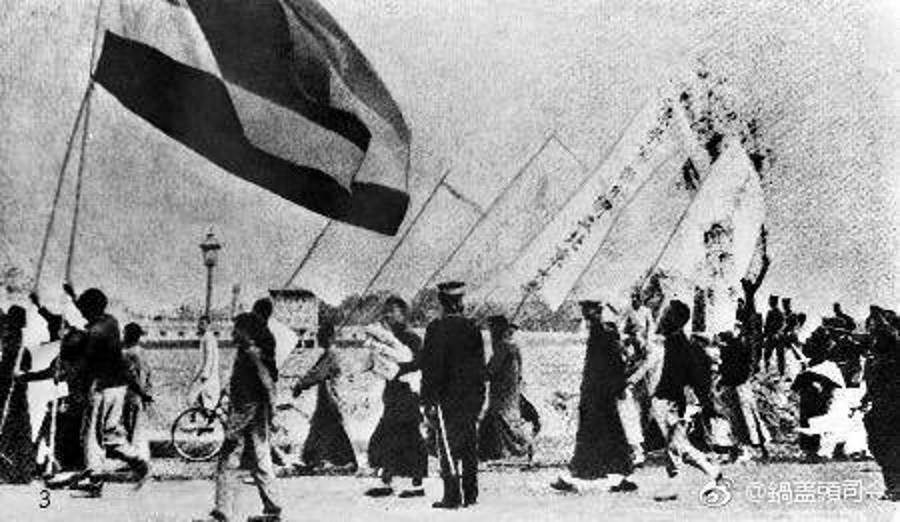
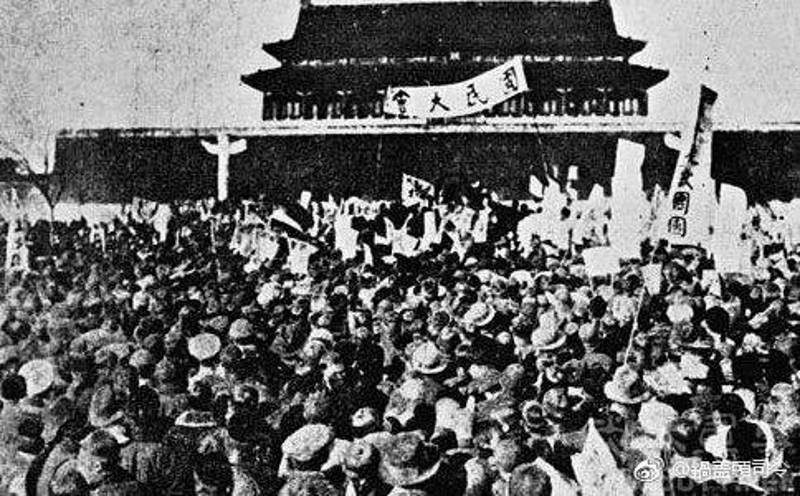
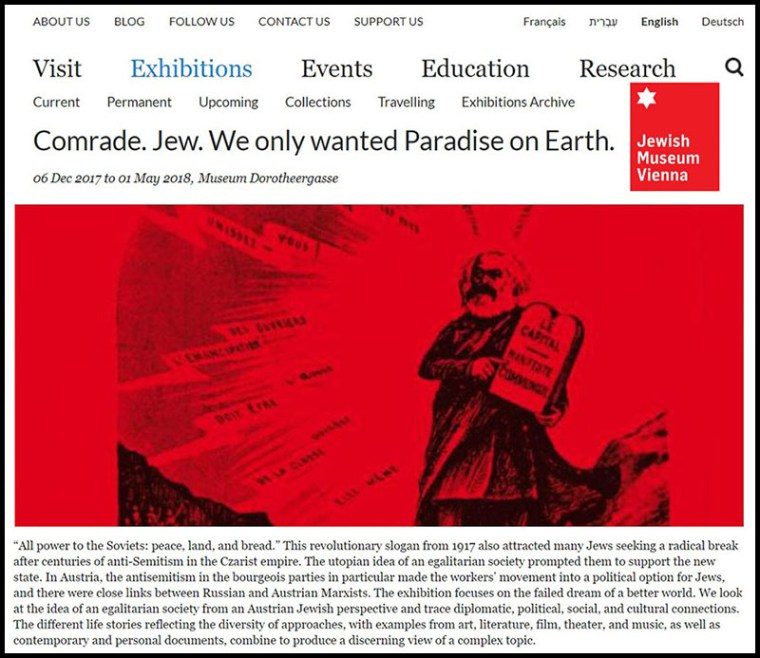

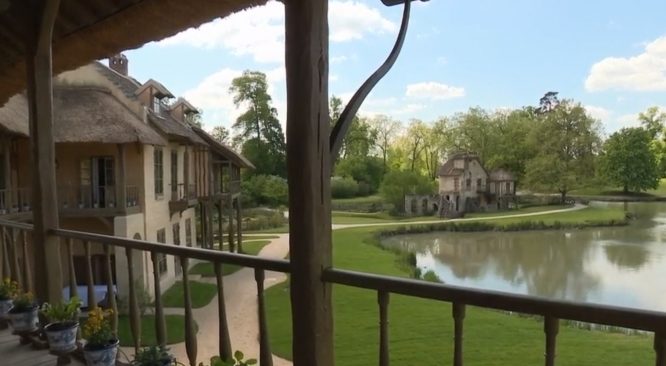
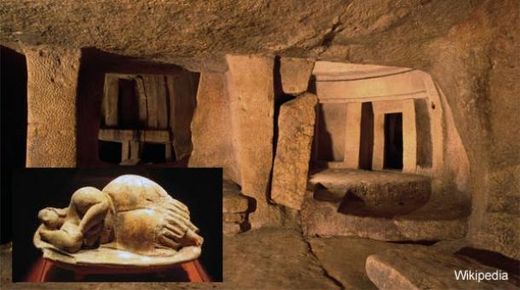



Comment: See also: The Siege of Leningrad: Last entry in the WWII diary of dying 12-year old Russian girl